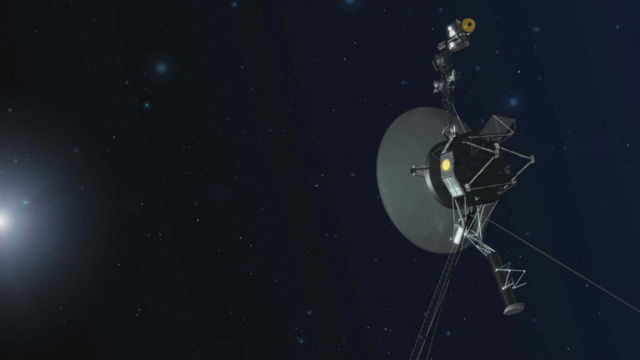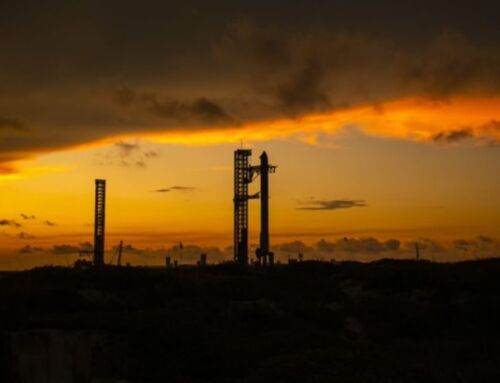Voyager 2 has left our Solar System and is now sailing into the vast interstellar space.
This artist’s concept shows one of NASA’s Voyager spacecraft entering interstellar space, or the space between stars. This region is dominated by plasma ejected by the death of giant stars millions of years ago. Hotter, sparser plasma fills the environment inside our solar bubble.
One year ago, on Nov. 5, 2018, NASA’s Voyager 2 became only the second spacecraft in history to leave the heliosphere – the protective bubble of particles and magnetic fields created by our Sun. At a distance of about 11 billion miles (18 billion kilometers) from Earth – well beyond the orbit of Pluto – Voyager 2 had entered interstellar space, or the region between stars. Today, five new research papers in the journal Nature Astronomy describe what scientists observed during and since Voyager 2’s historic crossing.
Each paper details the findings from one of Voyager 2’s five operating science instruments: a magnetic field sensor, two instruments to detect energetic particles in different energy ranges and two instruments for studying plasma (a gas composed of charged particles). Taken together, the findings help paint a picture of this cosmic shoreline, where the environment created by our Sun ends and the vast ocean of interstellar space begins.
The Sun’s heliosphere is like a ship sailing through interstellar space. Both the heliosphere and interstellar space are filled with plasma, a gas that has had some of its atoms stripped of their electrons. The plasma inside the heliosphere is hot and sparse, while the plasma in interstellar space is colder and denser. The space between stars also contains cosmic rays, or particles accelerated by exploding stars. Voyager 1 discovered that the heliosphere protects Earth and the other planets from more than 70% of that radiation.
When Voyager 2 exited the heliosphere last year, scientists announced that its two energetic particle detectors noticed dramatic changes: The rate of heliospheric particles detected by the instruments plummeted, while the rate of cosmic rays (which typically have higher energies than the heliospheric particles) increased dramatically and remained high. The changes confirmed that the probe had entered a new region of space.
source JPL






Leave A Comment